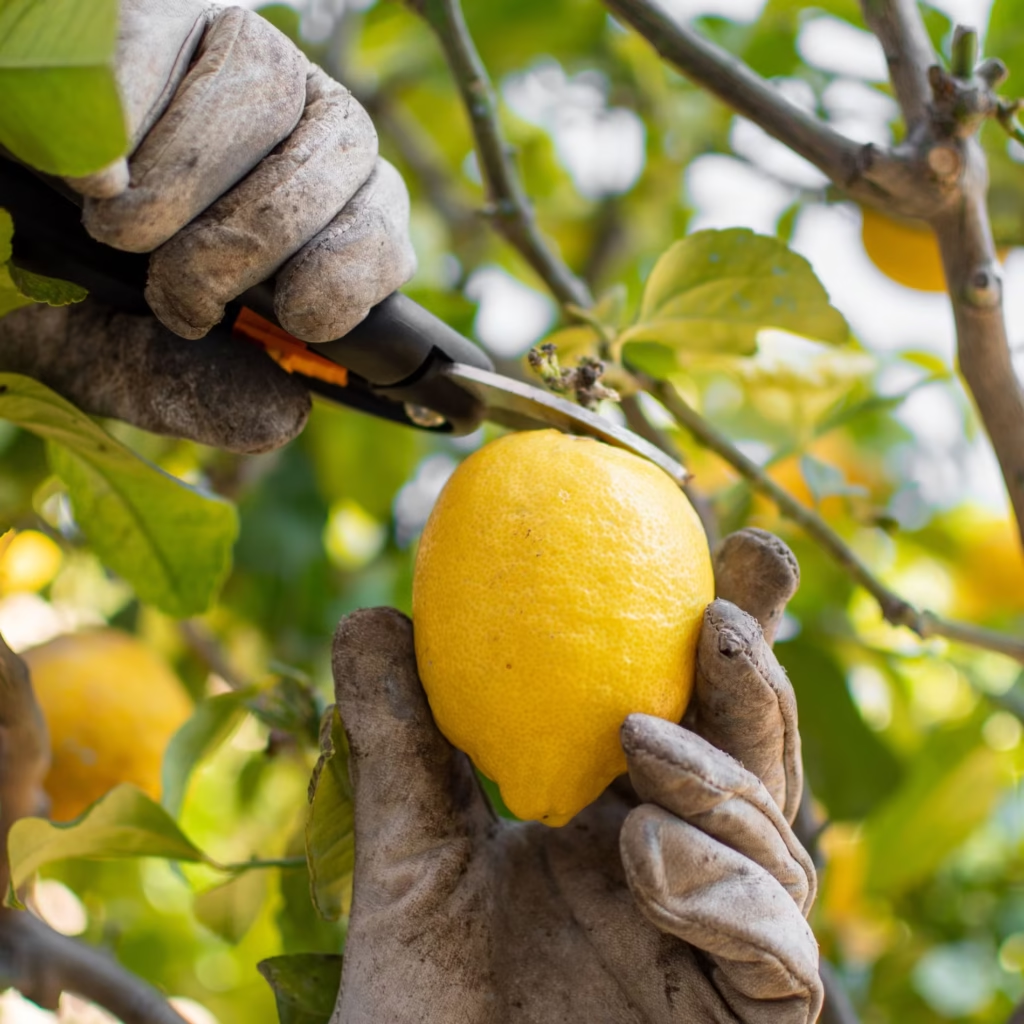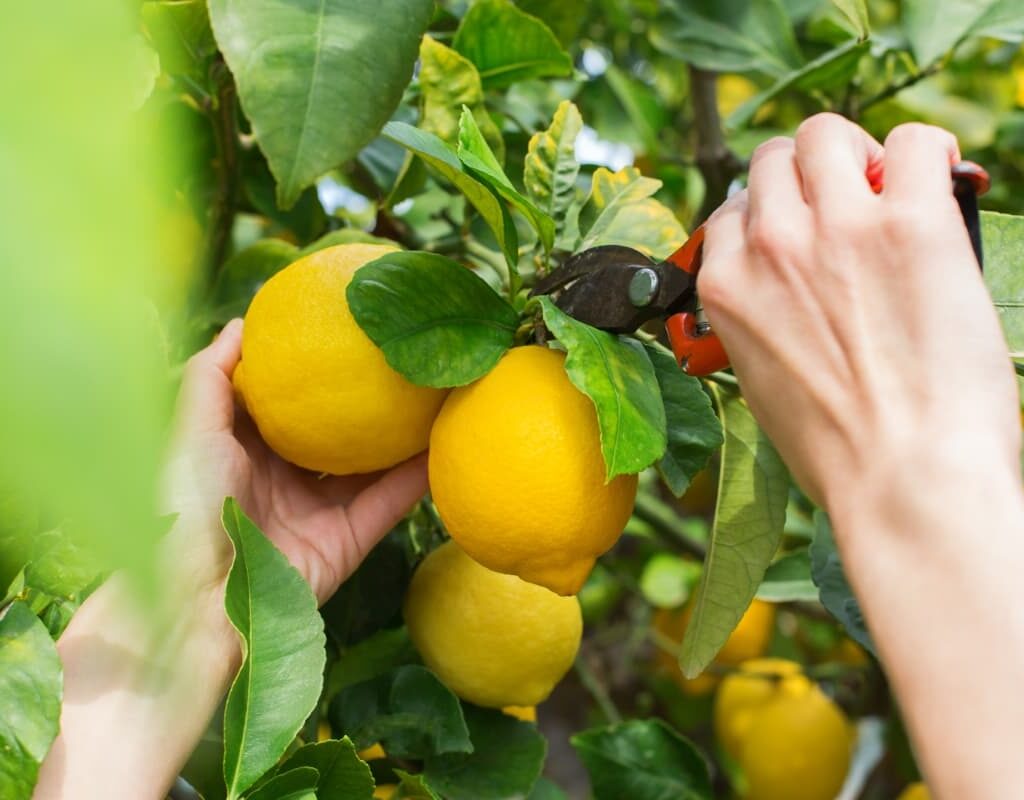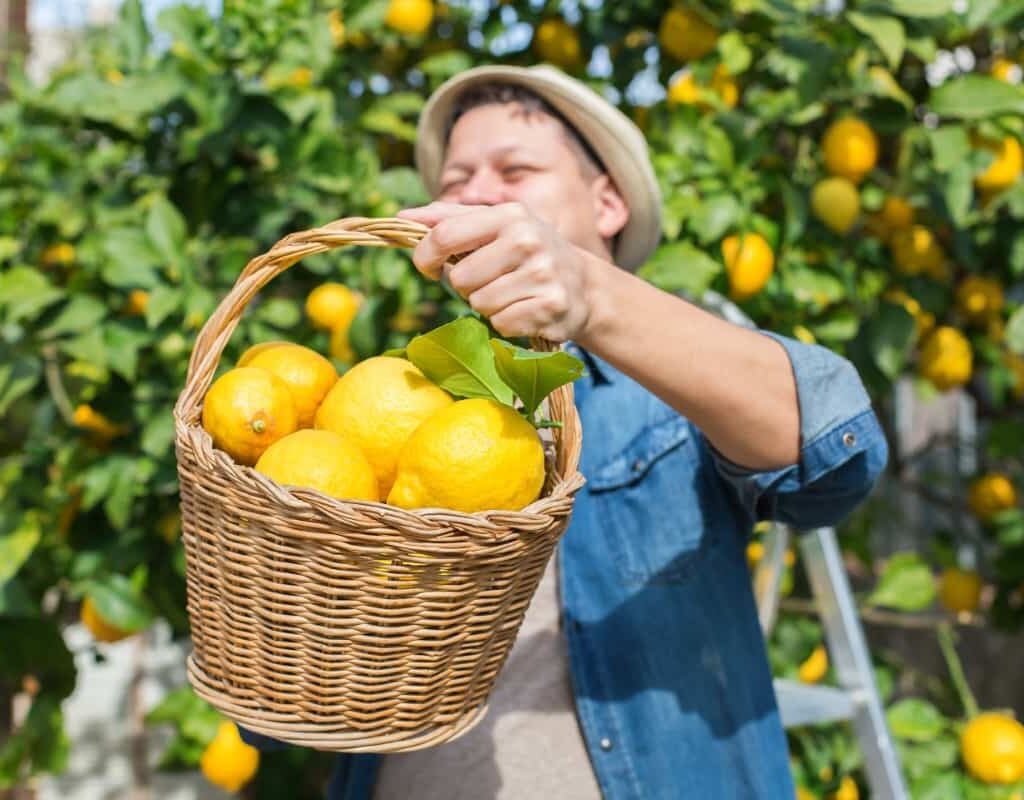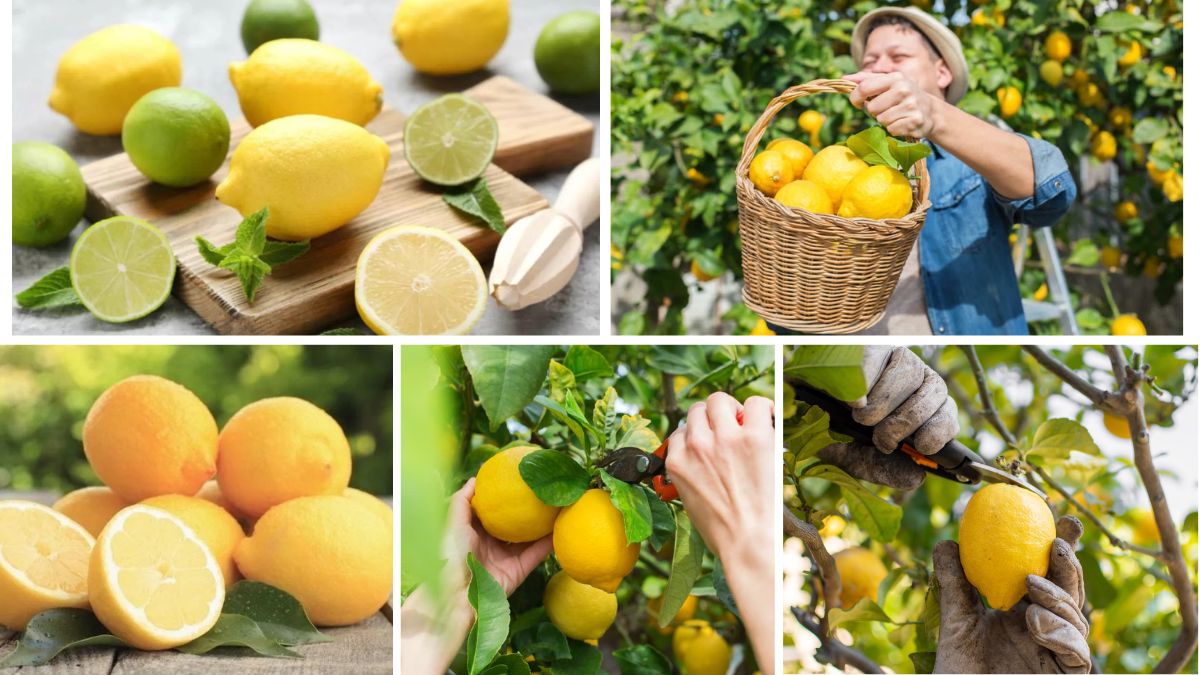Lemons — the tangy, vitamin-rich citrus fruits — are not only a kitchen essential but also a major driver of agricultural trade worldwide. From flavoring beverages and enhancing cuisines to being used in cleaning products and skincare, lemons are in constant demand across global markets. But where do most of these lemons come from? And which country has secured the top position in lemon farming?
This detailed analysis dives deep into global lemon production trends, the leading producers, farming practices, and economic importance, with a spotlight on the country that stands above all in lemon cultivation.
1. Global Overview of Lemon Production

Lemon farming thrives in warm, subtropical, and tropical climates. Countries with mild winters and long sunny days have a natural advantage in lemon cultivation. According to FAO (Food and Agriculture Organization) data, global lemon and lime production has exceeded 20 million metric tons annually in recent years.
Lemon production is concentrated in regions such as:
- South Asia (India, Pakistan)
- Mediterranean (Spain, Turkey, Italy)
- Latin America (Mexico, Argentina)
- North America (United States – mainly California and Arizona)
While multiple nations grow lemons commercially, one country consistently tops the charts.
2. The World’s Largest Lemon Producer

India holds the crown as the largest lemon producer in the world.
2.1 India’s Dominance in Lemon Farming
India produces over 3.5 million metric tons of lemons and limes annually, accounting for nearly 20% of the global supply. Lemons are grown in almost every Indian state, with Andhra Pradesh, Maharashtra, Gujarat, Tamil Nadu, and Rajasthan being the top contributors.
Reasons for India’s dominance:
- Climate suitability – Long summers, moderate winters, and a range of soil types support year-round cultivation.
- Diverse varieties – India grows popular lemon varieties like Kagzi, Assam lemon, and Seedless lime.
- Domestic consumption – High demand for fresh lemons in Indian cuisine and beverages ensures a steady local market.
- Expanding export potential – Growing shipments to the Middle East, Southeast Asia, and Europe.
3. Other Major Lemon Producers

While India leads, several other countries are prominent players in the global lemon industry.
3.1 Mexico
- Produces around 2.8 million metric tons annually.
- Known for Persian limes (larger, seedless lemons).
- Strong export market to the United States and Europe.
- Michoacán and Veracruz are major lemon-growing states.
3.2 Argentina
- Produces 1.8 million metric tons annually.
- Tucumán province is the lemon capital of the world for processing lemons (used for juice, oil, and peel).
- Exports to more than 50 countries.
3.3 China
- Produces about 1.4 million metric tons annually.
- Sichuan province is a major hub.
- Focuses on both fresh consumption and lemon-based products.
3.4 Turkey
- Produces nearly 1 million metric tons annually.
- Exports primarily to Russia, the EU, and the Middle East.
- Known for high-quality, visually appealing lemons.
4. Lemon Varieties and Their Global Demand
Different countries specialize in different types of lemons and limes:
| Variety | Main Producers | Uses |
|---|---|---|
| Eureka | USA, Argentina, South Africa | Fresh market, juice |
| Lisbon | Australia, South Africa, USA | Fresh market |
| Verna | Spain | Fresh and processing |
| Kagzi | India | Fresh, beverages |
| Persian lime | Mexico, Brazil | Export, juice |
| Assam lemon | India | Pickles, fresh |
Global consumers demand both fresh lemons and processed lemon products, leading to year-round market activity.
5. Lemon Farming Practices in Top Countries

The success of top lemon-producing countries is tied to their farming practices.
5.1 India
- Planting season: June–August and February–April.
- Irrigation: Drip irrigation to conserve water.
- Fertilization: Organic manure and NPK fertilizers.
- Harvesting: Multiple flushes throughout the year ensure continuous supply.
5.2 Mexico
- Climate control: Shade nets and windbreaks to protect lemon orchards.
- Post-harvest handling: Grading, waxing, and cold storage to maintain quality for export.
5.3 Argentina
- Processing facilities: Large-scale juice extraction and essential oil production plants.
- Orchard management: Strict pruning and pest control for export-grade lemons.
6. Economic Importance of Lemon Farming

Lemon farming is not just about fruit production — it’s a significant contributor to rural economies and international trade.
- India: Supports millions of small-scale farmers; growing exports increase foreign exchange earnings.
- Mexico: Lemons are one of the top agricultural exports to the U.S., worth over $500 million annually.
- Argentina: Lemon processing industry is a global leader in lemon oil and citric acid exports.
7. Challenges in Lemon Farming
Even top producers face hurdles:
- Pests and diseases – Citrus canker, greening disease, and root rot affect yields.
- Climate change – Erratic rainfall and extreme heat impact fruit quality.
- Price volatility – Overproduction can lead to sudden drops in market prices.
- Export barriers – Stringent quality checks in the EU and the U.S.
8. Future Trends in Global Lemon Production
The lemon industry is evolving, with these trends shaping the future:
- Organic lemon farming – Rising demand for pesticide-free lemons in Europe and North America.
- Value-added products – Lemon-based beverages, essential oils, and skincare products are expanding market scope.
- Climate-resilient varieties – Research on heat-tolerant and disease-resistant lemon cultivars.
- Sustainable irrigation methods – Greater adoption of drip and micro-sprinkler systems.
9. Conclusion
When it comes to lemon farming, India is the undisputed leader, producing more lemons than any other country in the world. With its vast climatic diversity, robust domestic demand, and growing export markets, India has set the benchmark for global lemon production.
However, competition from Mexico, Argentina, Turkey, and China keeps the industry dynamic. The global lemon market continues to grow due to the fruit’s versatility, health benefits, and role in both culinary and industrial sectors.
As consumers worldwide develop a taste for fresh, organic, and processed lemon products, top-producing countries will continue refining their farming techniques and expanding production to meet the ever-growing demand.




